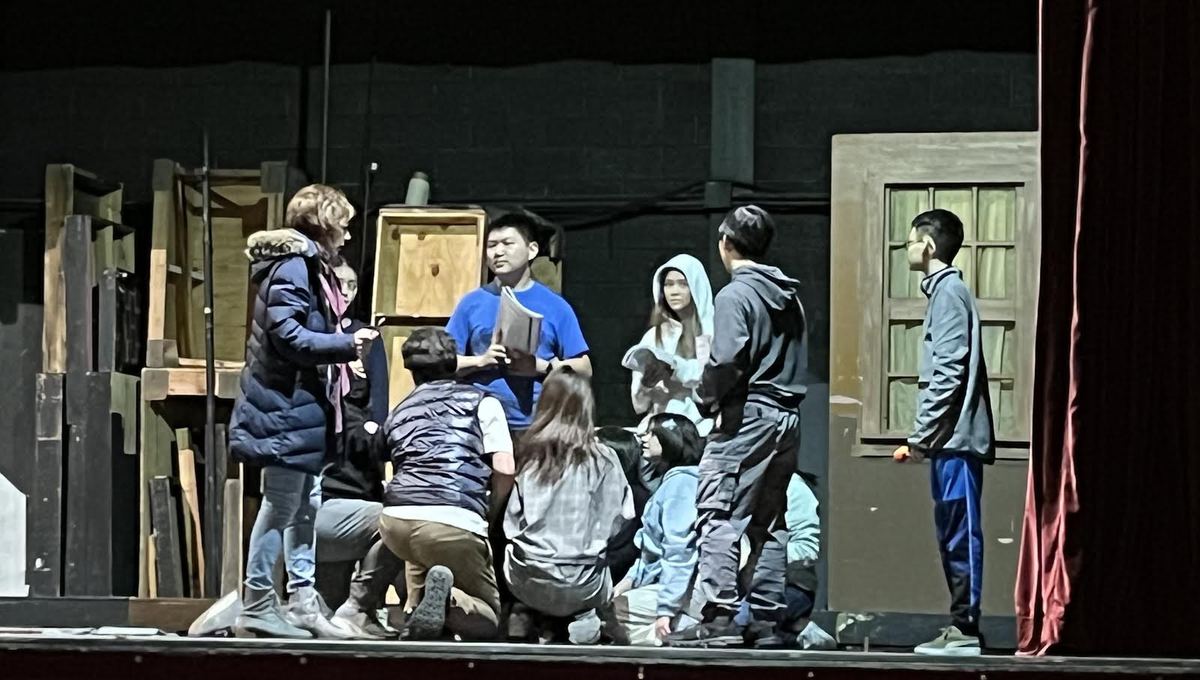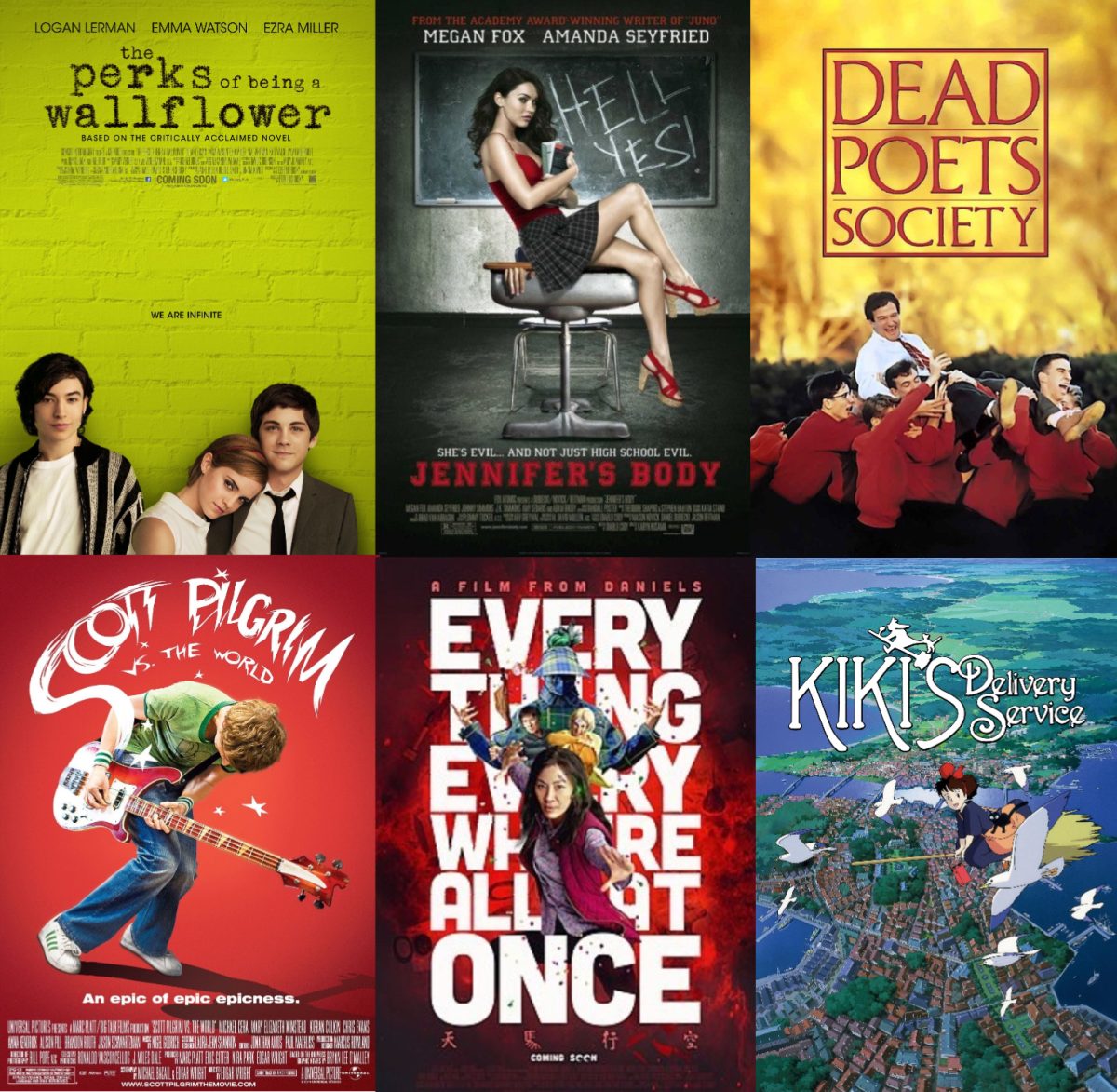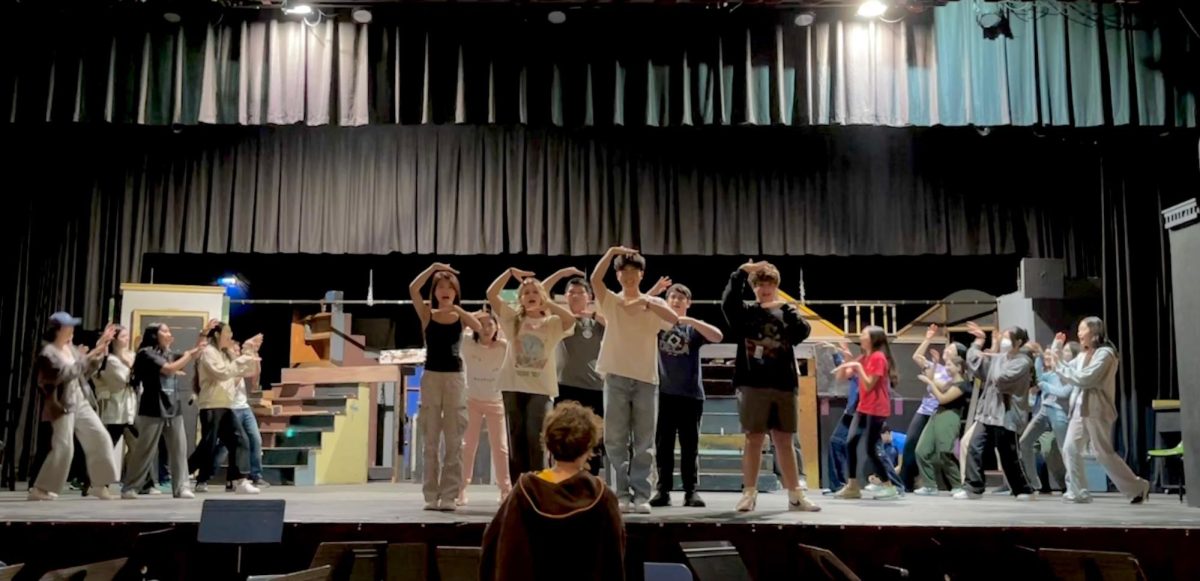
By Brooke Ferber
Not a big fan of photography, I was somewhat reluctant approaching the “Carleton Watkins: Yosemite” photography exhibit at the Metropolitan Museum of Art. My biggest apprehension with photography is the craft’s authenticity, since a myriad of digital enhancement programs are available to artists. Watkins, however, definitely didn’t use Photoshop; he worked during the mid-1800’s—the early years of the camera. In fact, Watkins actually taught himself the art of photography.
His most prominent work captures the natural essence of Yosemite. With a magical elegance, Watkins manages to delineate the beauty of American nature. He creates focus within his compositions by drastically augmenting the quality and saturation of a few objects and juxtaposing them against bodies of low saturation and mundane quality. This effect dazzles viewers with visual brilliance and sparkle; the photographs
create a surrealistic effect that foreshadows the Surrealist Movement (an artist movement that explored the unconscious mind through art) of the early twentieth century.
Additionally, Watkins’ photographs convinced President Lincoln to sign a bill on June 30, 1864, conserving Yosemite and later influencing President Franklin Delano Roosevelt’s National Park system.
Photography exhibits are tremendously relevant today with the explosion of coding, digital technology, and digital photography; a photography exhibit of work from the mid-nineteenth century can indicate how much we’ve progressed technologically over the past 160 years.
I highly suggest you visit the thought-provoking “Carleton Watkins: Yosemite” exhibit prior to its February closing, especially if you are interested in photography!



The Southerner
Menu
Brooke’s Vantage Point: You Might See “Carleton Watkins: Yosemite” At The Met
February 11, 2015
Leave a Comment
More to Discover
The Student News Site of Great Neck South High School









